加入 getAbstract 阅读摘要

加入 getAbstract 阅读摘要
Roger Lowenstein
The End of Wall Street
Penguin Group (USA), 2011
看看什么内容?
This fly-on-the-wall account of Wall Street’s crisis will keep you riveted, even though you already know how it ends.
Recommendation
How did mortgage loans to not-quite-prime borrowers evolve into the engine of doom for Wall Street? Journalist and best-selling author Roger Lowenstein uncovers the root causes and the culmination of the 2008 financial debacle. He explains how loans to formerly unattractive clients brought out the best in Wall Street innovation and the worst in Wall Street greed. His behind-the-scenes look at the people involved, their backgrounds and their decision making is a fascinating depiction of how the mortgage ball got rolling. Lowenstein’s recounting of this now familiar story manages to excite like a novel, with pulse-pounding deadlines, superhero bureaucrats and evil villains (too many to count). He even opens his book with a lengthy “cast of characters.” getAbstract recommends his saga for its you-are-there view of what really happened on Wall Street – and, particularly, what really happened during one fateful weekend in September 2008.
Summary
About the Author
Roger Lowenstein has written four books about Wall Street, including two bestsellers: Buffett: The Making of an American Capitalist and When Genius Failed. He writes for SmartMoney magazine, The New York Times Magazine and The Wall Street Journal.










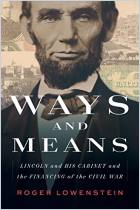
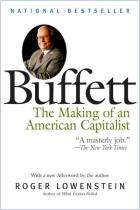

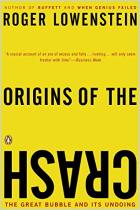


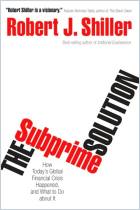


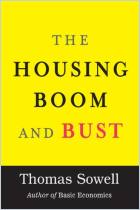






Comment on this summary